When a child breaks out in hives after eating peanut butter, or an adult gets stomach cramps every time they drink milk, it’s easy to assume they have a food allergy. But here’s the truth: oral food challenges are the only way to know for sure. Skin prick tests and blood tests can point you in the right direction, but they’re wrong nearly half the time. That’s why doctors rely on the oral food challenge - the gold standard - to confirm or rule out a food allergy once and for all.
Why Oral Food Challenges Are the Only Real Answer
You’ve probably heard that blood tests or skin pricks diagnose food allergies. But those tests don’t tell you if you’ll actually react when you eat the food. They only show if your immune system has made antibodies to it. And that’s not enough. Many people have positive test results but can eat the food without any problem. Others have negative results but still react severely when they eat it. That’s where the oral food challenge comes in. It’s not a guess. It’s a real test. You eat small, increasing amounts of the suspected food under medical supervision, and doctors watch for any sign of a reaction. If you don’t react, you don’t have the allergy. If you do, you know exactly what triggers it - and how much you can safely eat. The National Institutes of Health calls this the only way to get a certain diagnosis. Studies show clinical history and lab tests alone are accurate less than 50% of the time. But when done right, an oral food challenge is nearly 100% accurate. It doesn’t just tell you yes or no - it tells you how much of the food you can tolerate. That’s life-changing for families who’ve been avoiding entire food groups for years.How an Oral Food Challenge Works
An oral food challenge isn’t a quick poke and go. It’s a slow, controlled process that takes 3 to 6 hours. It starts with a tiny amount - sometimes just 1 to 2 milligrams of the allergen. That’s less than a grain of rice for peanut. You eat that, then wait 15 to 30 minutes. If nothing happens, you get a little more. The dose increases step by step until you’ve eaten a full serving, or until a reaction occurs. The food can be given in different ways. Sometimes it’s plain - like a spoonful of peanut butter. Other times, it’s hidden in a cookie, muffin, or capsule so the patient doesn’t know what they’re eating. This helps reduce anxiety, especially in kids. Most challenges are open - meaning both the doctor and patient know what’s being tested. Blinded tests (where no one knows if it’s the real food or a placebo) are rare and mostly used in research. Every challenge happens in a medical setting with emergency equipment ready: epinephrine, antihistamines, oxygen, and at least two trained staff members - usually a doctor and a nurse. You can’t do this at home unless you’re in a very low-risk group and your allergist has approved a supervised home protocol, which is still new and tightly controlled.Who Needs an Oral Food Challenge?
Not everyone with suspected food allergies needs one. But these are the main reasons doctors recommend it:- You have unclear symptoms - maybe you get a rash sometimes after eating eggs, but not always.
- Your blood or skin test was positive, but you’ve never had a reaction.
- You think you’ve outgrown a childhood allergy - like milk, egg, or soy.
- Your child’s doctor suspects they’ve outgrown a peanut allergy.
- You’ve been avoiding a food for years and want to know if you can safely add it back.
Safety: What Happens If You React?
The biggest fear people have is: “What if I have a bad reaction during the test?” The truth? Severe reactions are rare. About 40 to 60% of challenges result in mild symptoms - mostly hives, itching, or a flushed face. These are easy to treat with antihistamines right there in the clinic. Only 1 to 2% of challenges lead to a reaction that needs epinephrine. And in every case, the reaction is caught early because doctors are watching closely. A 2020 study in the Journal of Allergy and Clinical Immunology found that 0.9% of challenges required emergency treatment. That’s less than one in a hundred. And every single one of those reactions was managed safely because the procedure was done in the right setting. Doctors have strict rules for stopping the test. If you get any sign of a reaction - even a small one - they stop feeding you. They don’t push through. You’re not a lab rat. You’re a patient. And your safety comes first.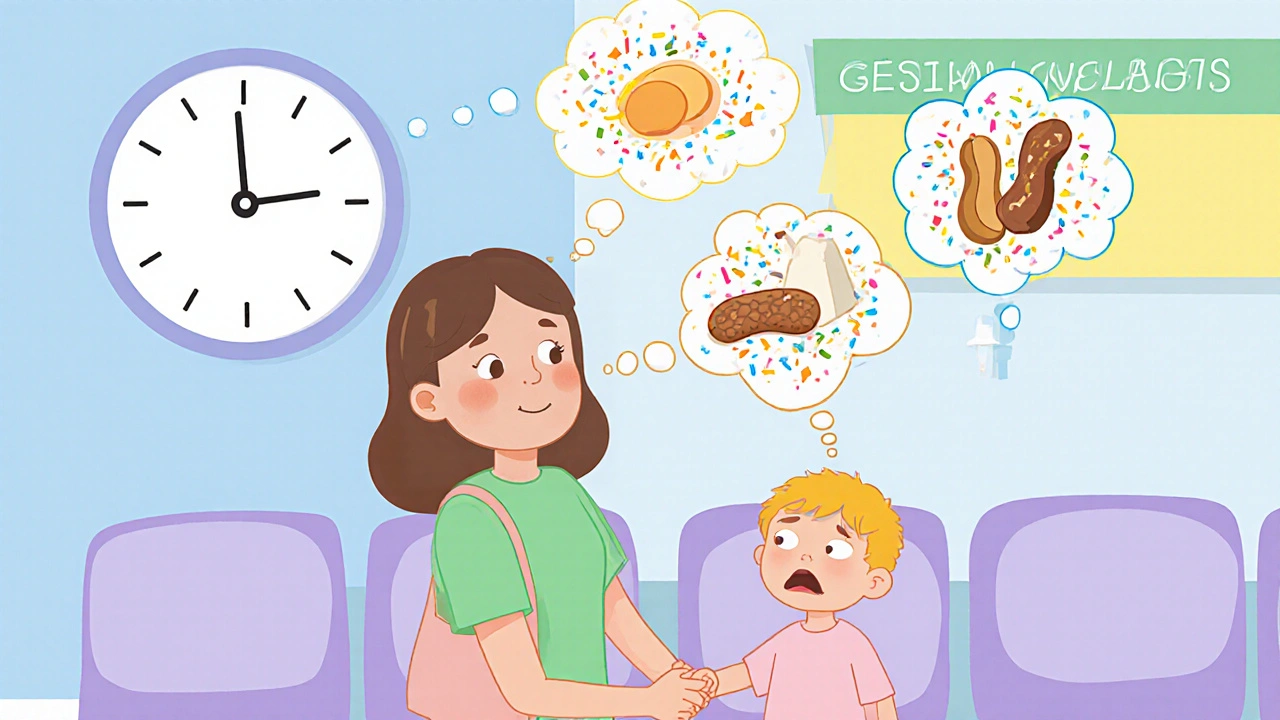
What You Need to Do Before the Challenge
Preparing for an oral food challenge is just as important as the test itself. Here’s what you need to do:- Stop antihistamines 5 to 7 days before. These drugs can hide early signs of a reaction, making the test useless.
- Don’t come in sick. If you have a cold, asthma flare-up, or stomach bug, reschedule. Your body is already stressed - adding food allergens could make a reaction worse.
- Bring distractions. Especially for kids. Tablets, books, favorite toys - anything to keep their mind off the food.
- Wear loose, comfortable clothes. You might feel flushed or itchy. Tight clothing makes that worse.
- Get a good night’s sleep. Being tired makes anxiety worse.
What Happens After the Challenge?
If the test is negative - no reaction - you get a clear green light. You can eat that food freely. No more reading labels, no more panic at birthday parties. Your doctor will give you a written plan so you know how to safely include it in your diet. If you have a reaction, you’ll get treatment right away. Then you’ll get a clear diagnosis. You’ll know exactly what you need to avoid - and how strict you need to be. Some people react to tiny amounts. Others can eat small amounts safely. That’s the value of the challenge. It doesn’t just say “yes” or “no.” It gives you a personalized safety zone. Follow-up is common. For kids, doctors often repeat the challenge every 1 to 2 years to see if tolerance has improved. For adults, it’s usually a one-time test unless new symptoms appear.Why Other Tests Can’t Replace It
There are newer tests out there - like component-resolved diagnostics - that look at specific proteins in foods. They’re more precise than old-school blood tests. But even they’re only about 85% accurate. That means 1 in 7 people still get the wrong answer. No blood test can tell you how your body will react when you eat the food. No skin test can tell you if you’ll throw up, get diarrhea, or go into anaphylaxis. Only eating the food - under medical watch - gives you the real answer. The European Academy of Allergy and Clinical Immunology says it plainly: “No in vitro test can replace the oral food challenge for definitive diagnosis.”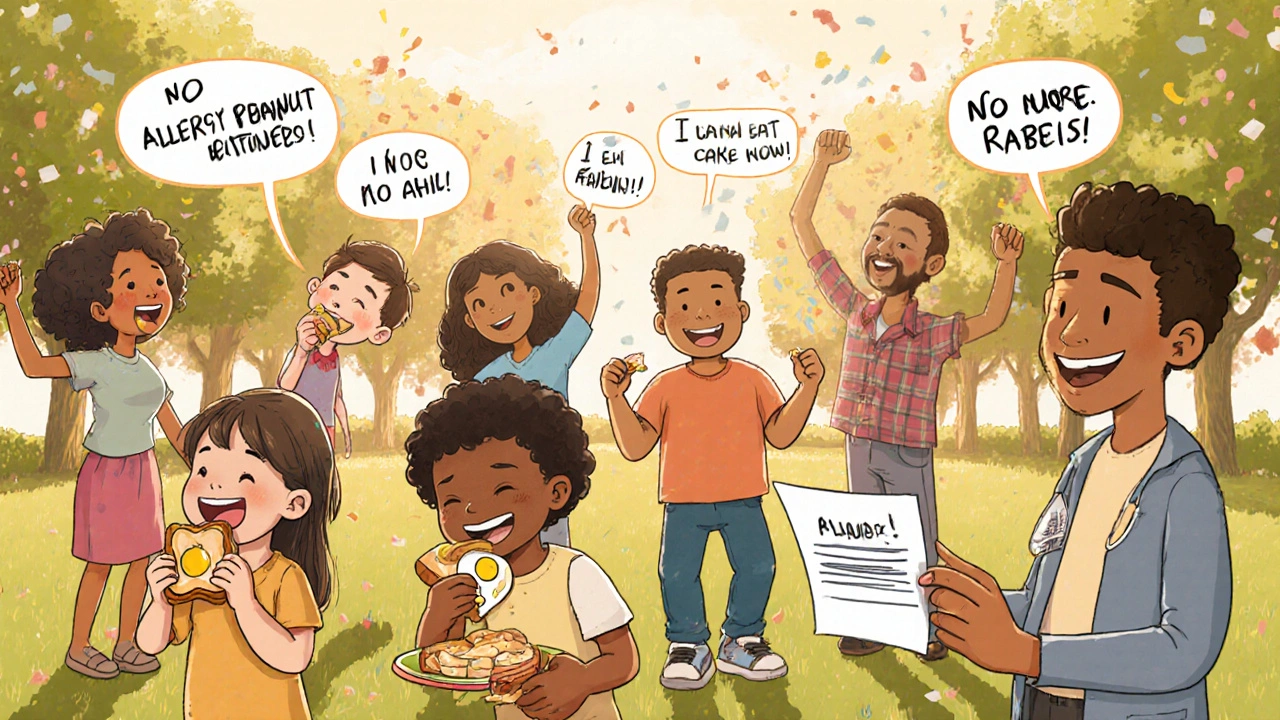

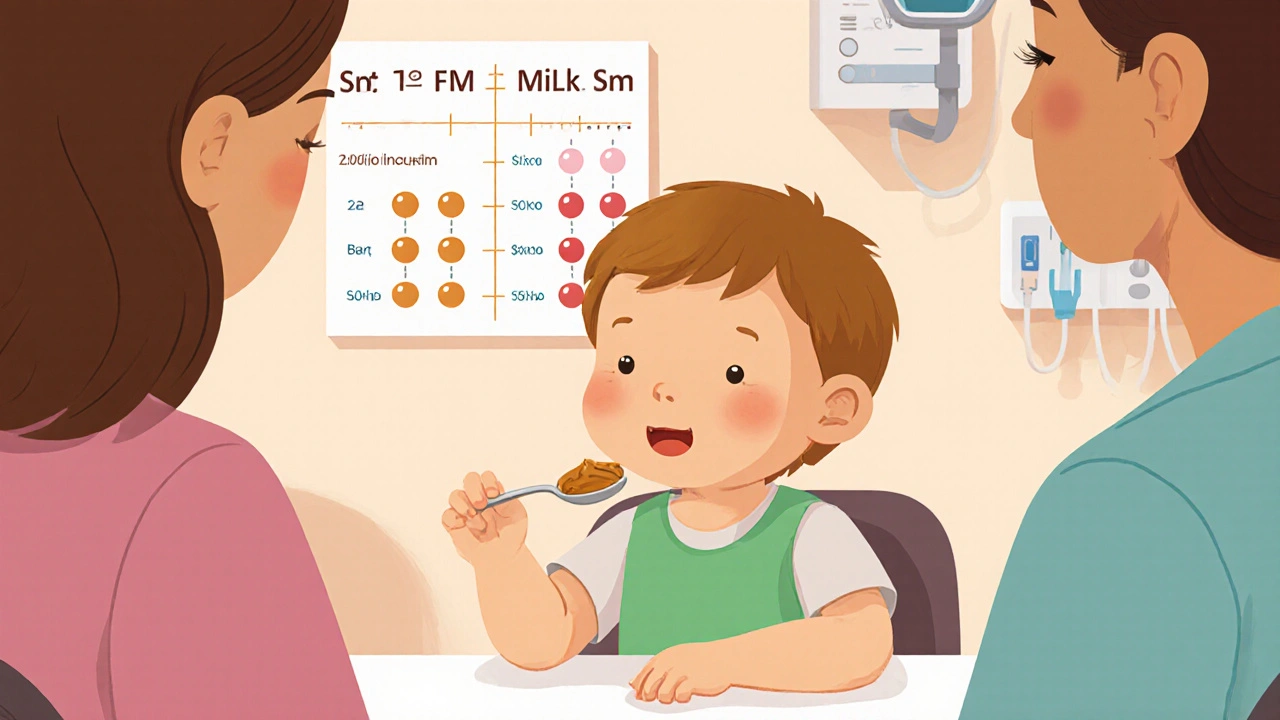
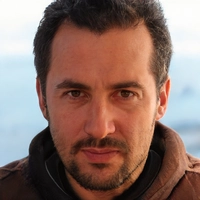
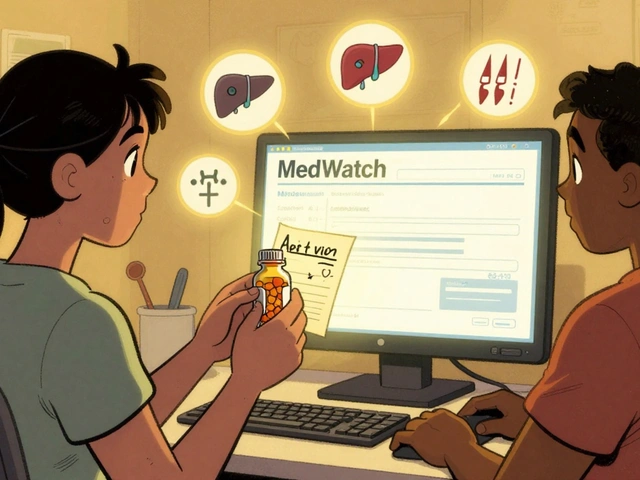
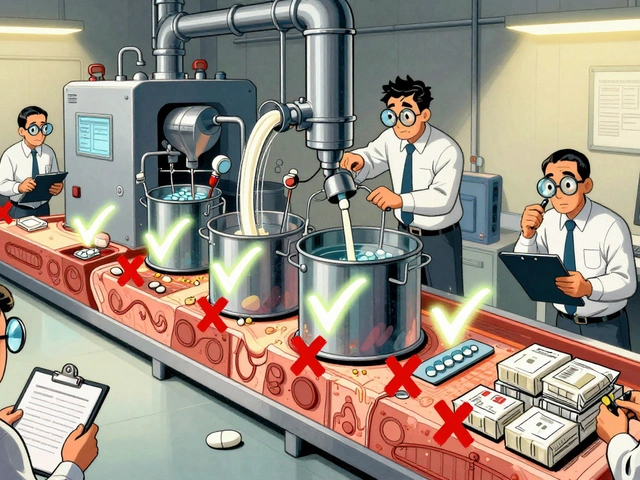
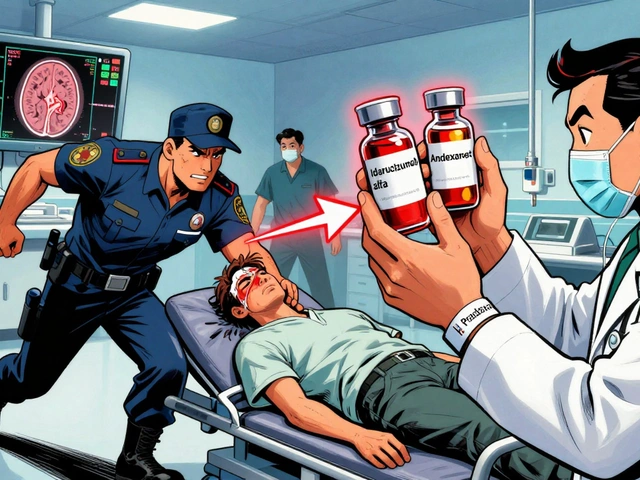
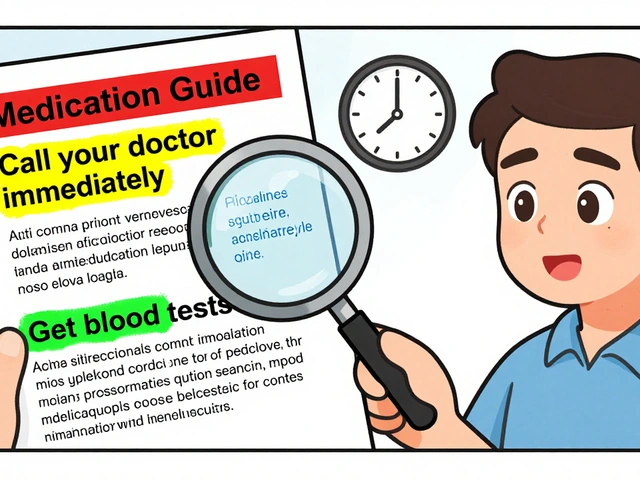
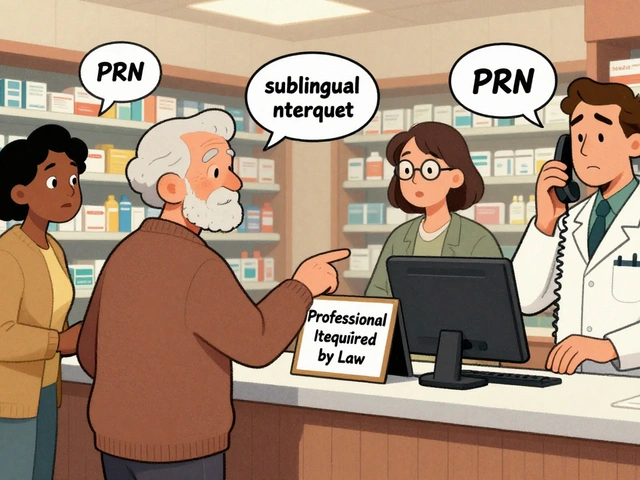
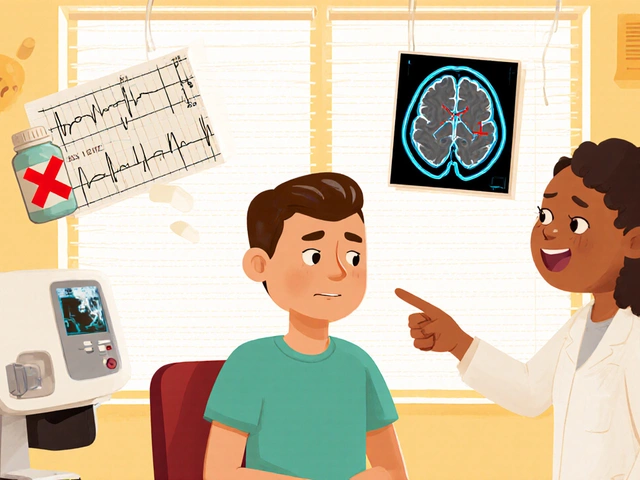

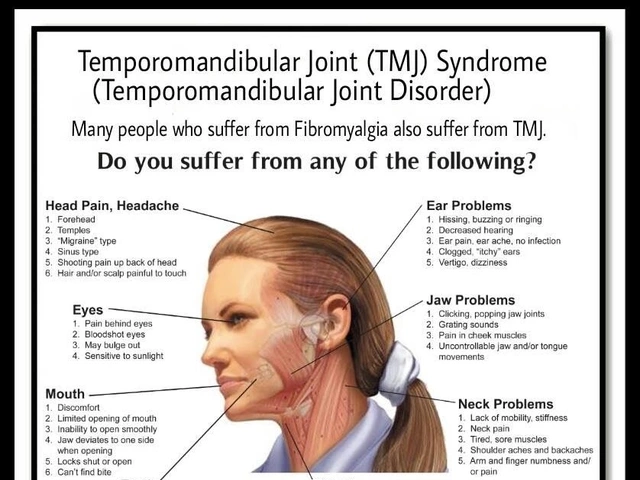

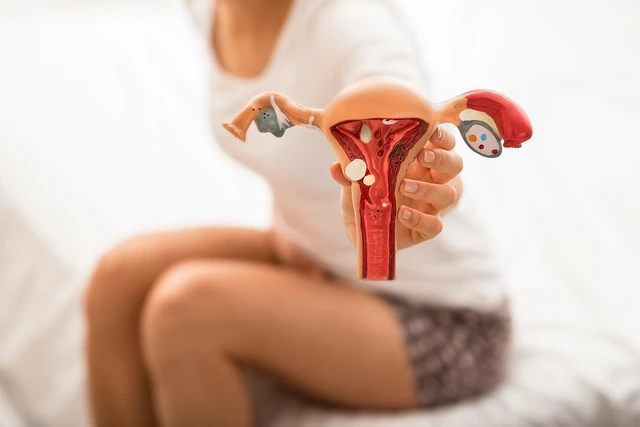
14 Comments
idk why ppl make such a big deal bout this. i ate peanut butter every day since i was 5 and never had an issue. tests are just money makers.
This changed my life. My kid was scared of everything. Now he eats pizza like a champ.
The epistemological foundation of diagnostic certainty in immunological response is profoundly contingent upon empirical verification through controlled exposure. One cannot infer physiological reactivity from serological markers alone; the ontological truth of allergy resides only in the act of ingestion under observation.
OFC is the only valid modality. Everything else is just IgE noise. You're not diagnosing - you're guessing.
If you're avoiding foods based on a blood test, you're doing it wrong. This is basic. We need to educate more parents. No more fear-based diets.
They're lying. They're all lying. The FDA and Big Pharma push this so you'll keep buying $20 gluten-free bread and epipens. They want you scared. The real cause? Glyphosate. They don't want you to know.
The protocol lacks standardization across institutions. Variability in dosing, timing, and endpoint criteria introduces significant systemic bias. This isn't gold standard - it's institutionalized arbitrariness.
Ohhhhh, so you're telling me... the ONLY way to know if you're allergic... is to EAT THE THING??!? Like... duh?!!?!!? I mean, wow. Groundbreaking. Next you'll tell me water is wet. My 7-year-old cousin could've written this. The real question is: why does this even need a 2000-word essay?
I've done over 300 of these. The most beautiful moment? When a kid who's never had cake eats a slice and grins like they just won the lottery. That’s not medicine - that’s magic. And it’s real.
They control the tests. The lab results? Fabricated. The challenge? A trap. They want you to believe you’re safe so they can slip something into your food later. You think they care about your kid? They care about profit margins. Wake up.
Let me guess - next they’ll say vaccines are safe because you ‘ate the virus’ in a controlled setting? This is just the same brainwashing. You think this is science? It’s cult behavior dressed in white coats.
OFC? Please. You're risking anaphylaxis for a 'diagnosis'? Most kids outgrow allergies anyway. Just avoid the food. Why gamble? You're not a scientist - you're a gambler with a stethoscope.
The entire paradigm is flawed. Statistical noise in IgE assays is conflated with clinical relevance. The assumption that antibody titers correlate with symptom severity is a reductive fallacy rooted in 1980s immunology. The OFC is merely a behavioral proxy - not a biological truth.
They don’t want you to know the truth: the FDA approved OFCs because they’re expensive. They’re not about safety - they’re about profit. You think your kid’s ‘outgrown’ the allergy? Nah. They just stopped reporting symptoms because they’re too scared to try again. This whole system is rigged.